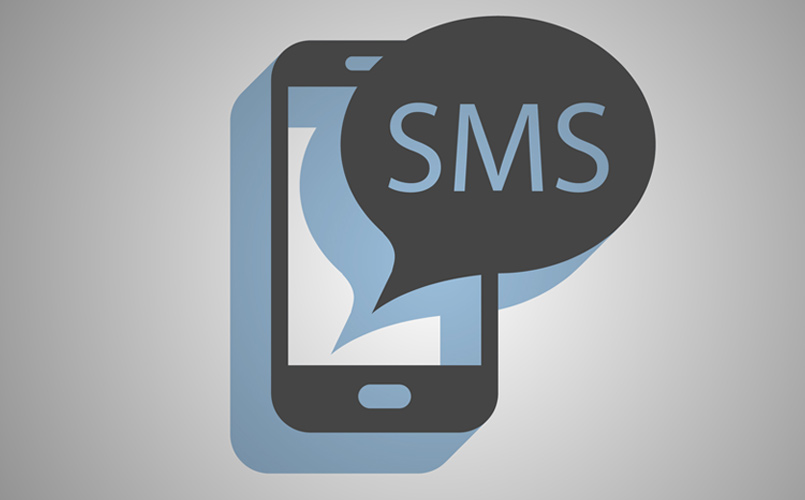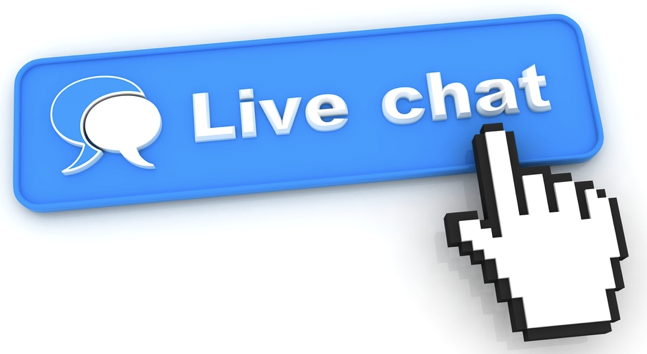The 3 Most Important Channels For Customer Engagement
The era of digital customer experience has ushered in a litany of competing priorities: interactions that are omni-channel and ever present, yet not intrusive, and experiences that are low-effort, but high impact. With so many competing priorities and channels, it can be easy for customer experience leaders to get overwhelmed by the waves of digital change.
It’s true, you need to be present for customers in a digitally connected world, but it doesn’t mean you have to address every single channel, right this minute. Brands that are new to digital customer engagement or are just looking to expand their current digital footprint should focus their energy on nailing the channel that their customers prefer to communicate on most.
In this article, we discuss the 3 most important channels where customers actively seek help and where companies need to focus their attention.
Be Where the Connected Customers Are
In an age where everyone lives in an always-on, connected life, it’s important for companies to realize that mobile devices at the center of both our work and personal lives. It should be no surprise that consumers are using their smartphones for almost everything, except making phone calls – to contact customer service. In fact, of all the uses for cell phones, sending and receiving text messages come in at number one and number two. Making a call comes in at a distant number six.
Consumers know what they want and use their mobile device to help them get it. From shopping to managing projects, consumers seek fast, easy, and convenient ways to get things done. If a business truly aims to be customer-centric, then helping their customers on the channel that matter most to them should be a top priority.
The thing is, tech-savvy customers expect not just one, but multiple ways to engage with a company so that issues can be resolved no matter when or where they might crop up. Millennials and Gen Z users, with increasing buying power, have unusually high expectations of their ability to get things done anywhere, from any device. Although there are a growing number of channels, there are 3 channels that have bubbled up to the top of the communication food chain.
The 3 Most Important Channels For Customer Engagement
Whether they are looking for quick answers to basic issues, like shipping policies or need help with a more complicated topic, customers want the ability to connect effortlessly at their moment of need, without interrupting their busy lives. Digital channels allow your customers to control the conversation by putting the how and when they communicate, quite literally, in the palm of their hands.
SMS – Most Preferred Channel With Businesses
Everyone is on their smartphone. Look to your left. Now, look to your right. Chances are you probably had to look up from your phone to do it. 77% of US adults have smartphones according to Pew Research Center. Customers lead a digital-first lifestyle, where they expect 24/7 availability and text messaging is how they prefer to communicate – with friends, family and even companies.

Research conducted by Market Strategies found that 4 in 5 consumers send mobile messages at least twice daily. This same study also shows that 66% of consumers ranked messaging as their first or second choice to contact a company, compared to 61% for phone and 44% for email. Even with these facts laid out before us, many companies still rely on the phone and email as the primary ways to connect with their customers. But the question is why? It’s clear that text messaging is viewed as the preferred way to engage.
Aside from ease and convenience, text messaging is the communication channel that affords consumers the freedom and flexibility to conduct a conversation on their terms, at the speed of their life. Consumers know they can engage when they want, and they are in control of when companies engage with them.
Quiq Messaging helps companies open this channel to customers with an elegantly simple, intuitive platform.
Live Chat Is A Must Have
An ATG Global Consumer Trend study discovered that 90% of consumers consider live chat helpful. Live Chat has become more than just a nice to have though. An emarketer.com survey found that 63% were more likely to return to a website that offers live chat.

Live Chat is viewed as a necessary feature, particularly for online shoppers. Making this channel available to site visitors means you are available to provide support at a critical time of need – when they are researching a purchase, engaging with your brand, or completing a transaction. Even if your customer never uses it, at least they have the confidence that they can receive help if they need it. Again, service on their terms.
With more people shopping and completing transactions on their phone, companies are now diligent in making sure they have mobile-optimized websites. Mobile chat sessions have been clumsy in the past and haven’t delivered the fluid, seamless experience that consumers have come to expect. Quiq enables live chat on mobile websites with a cleaner, easier to capabilities. Visitors to mobile sites can initiate a chat session with an agent through a “Chat Us” button or link on the mobile site. From there, customers can chat with agents through their native messaging application.
Quiq has brought old, traditional live chat from the synchronous, session-based experience it’s been in the past to the asynchronous, always connected experience it needs to be today. The days when the customer had to keep a watchful eye on the chat window or risk being timed out and starting over again are gone. Quiq allows conversations to pick up where they left off so that even if the customer has to take a break from the conversation, they can start right back where they left off. We’ve brought the chat experience in line with the experience consumers have come to expect from text messaging.
Even with all of the new channels out there, Facebook is still a powerhouse when it comes to consumer engagement. With 1.45 billion daily active users, it’s likely that your customers are one of the many users in the US that spend at least 40 minutes per day on the social app.
Many brands will use Facebook as a one-way communication channel – posting updates, product announcement, and promotions. Customers see this channel a little differently and view it more as another way to engage with companies. They know how to use their voice on social to extend praise or post complaints, and they’re not afraid to use it. Your customers will view every channel as your brand, and every interaction becomes a part of their perception of your company so make sure your Facebook page offers an easy, friction-free experience.
We encourage our clients to take a proactive stance on Facebook and enable the “Message Us” function on their Facebook page. This function invites consumers to engage directly with your company. Regardless of the issue, your customer can be routed to the right person.
Let’s say your marketing team owns your Facebook page, but your customer reaches out with a customer service question via Facebook. Quiq allows your marketing team to easily pass the inquiry to the appropriate department, so all your customer sees is speedy attention to their issue.
Customer Engagement For Better Loyalty
Your customers gravitate to these channels because they have already become a natural and organic part of their daily lives. Focusing on these three channels will help companies interact with their customers where they already are.
Consumers have always wanted to be treated like a person, not a ticket or a case number. Each of these channels provides a way to communicate with your customer that is personal and 1-to-1. Leverage these channels to set your sights beyond the queue, and you’ll find yourself developing the kind of customer relationships that lead to higher customer satisfaction and loyalty.
